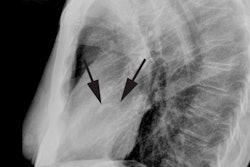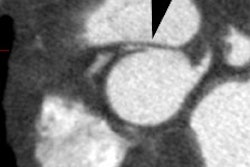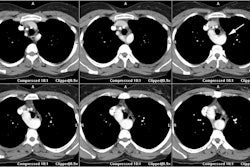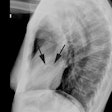Bland-White-Garland Syndrome
(Anomalous origin of the left coronary artery from the pulmonary artery)
Clinical:
Anomalous origin of the left coronary artery from the pulmonary artery is a rare congenital anomaly accounting for only 0.25-0.5% of all congenital heart defects [1]. It is most commonly an isolated defect, but in 5% of cases it may be associated with other cardiac anomalies (such as ASD, VSD, and aortic coarctation) [1]. Prior to one month of age, physiologic pulmonary hypertension tends to preserve antegrade flow within the left coronary artery [1]. Symptoms usually occur in infants after they are 1-2 months old secondary to left-to-right shunting with resultant myocardial infarction or dysrhythmia [1]. Without treatment, this anomaly most commonly results in death during early infancy, but survival into adulthood can occur if collateral coronary flow is sufficient. However, the risk for sudden cardiac death due to ischemic malignant ventricular dysrhythmia exits even in asymptomatic adult patients [1]. Treatment is surgical repair [1].Patients are generally noted to have an anterior wall ischemic perfusion defect and mitral insufficiency. An inferior/posterior perfusion defect may also be seen secondary to a right coronary artery to left coronary artery to pulmonary artery shunt.
REFERENCES:
(1) AJR 2005; Khanna A, et al. Anomalous origin of the left coronary artery from the pulmonary artery in adulthood on CT and MRI. 185: 326-329






